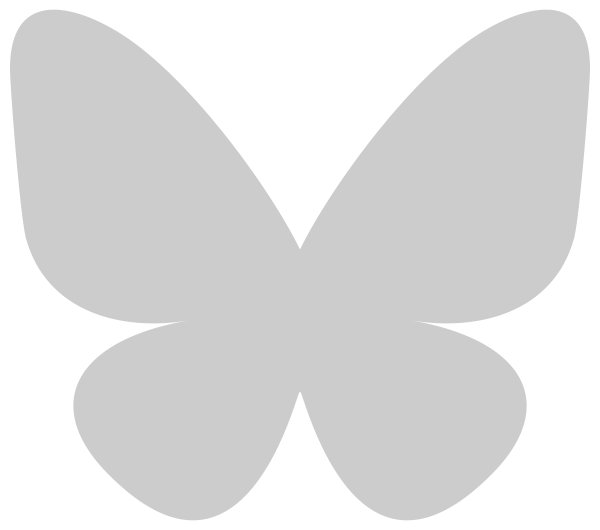We have arrived again at Friday, the end of a week, and the end of a week before a long Christmas weekend. I’ve successfully hit around 80% of the seasonal traditions this year, between hanging lights on the house, getting the tree up, to making cookies, to watching a number of Christmas movies, but it still doesn’t quite feel like the holidays. It might be the 42° weather and the absolute lack of snow doing it. It might be me missing the family I’ve lost over the past several years, and that connection they meant to my wider family as a whole. It might be general loneliness and the wider human disconnection we’re feeling as a people these days. Hard to say for sure.
What I read
Speaking of feeling like Christmas, I read Ray Ratto’s recent rant on Christmas Day NFL games, and how we got to this point. The NFL is a vampire squid, wrapping its tenticles around every day of the year, whether in season or not. Of course it colonized Christmas. If it could, it would barge in on Saturdays during the college football regular season as well. Only national legislation keeps it at bay.1Literally! The Sports Broadcasting Act of 1961 prevents professional football from occurring on Fridays and Saturdays during the college football regular season, and is the reason we have Thursday Night Football and not Friday Night Football. The NBA has done its best in recent decades to be the Christmas event of choice, but the NFL will find any open hole in the sports calendar and jam more games in there. Christmas being on a Monday only means it aligns more smoothly with the existing Monday Night Football timeframe.
What I watched
Caught the RoofClaim.com Bowl2I’ve long harbored a wild desire to sponsor a bowl game myself, mostly because, given who currently sponsors some of them, it doesn’t seem like it can be THAT expensive. last night, where my USF Bulls trounced Syracuse 45-0, for their first shutout of an FBS opponent since 2005 (also, coincidentally or not, Syracuse). After an up and down year for the team, it was great to see them not only thrash an opponent, but do so with a roster that will mostly return next year intact. Byrum Brown was without question the best Freshman QB in college football and the lack of national recognition of his performance was entirely about a football press that ignores anything outside the P2, while asking facetious questions about why FSU gets excluded from the National Championship race.
What I listened to
Listened to a live stream from Paul Hudson, “Create your first app with SwiftUI and SwiftData“. As I’ve learned Swift and SwiftUI, Paul’s books, videos, and reference documents have been immensely helpful. He organizes his content in a way that meshes with my brain, which is not always the easiest thing to accomplish. He doesn’t go off on unnecessary tangents, but isn’t afraid to add detail where it’s useful, a hard balance to maintain in a field like teaching programming languages. If you’re interested at all in learning Swift, I can’t recommend his stuff more highly, which you can find at his site Hacking With Swift.
Projects In Progress
Webapp: Some struggle with the state of modern development, given my initial learning stems from the days of FTPing files to and from places to make things work. It’s better, but it’s different, so taking some getting used to. But, progress!
Notes:
- 1Literally! The Sports Broadcasting Act of 1961 prevents professional football from occurring on Fridays and Saturdays during the college football regular season, and is the reason we have Thursday Night Football and not Friday Night Football.
- 2I’ve long harbored a wild desire to sponsor a bowl game myself, mostly because, given who currently sponsors some of them, it doesn’t seem like it can be THAT expensive.
